We drove the Honda City Hatchback e:HEV RS facelift to Ipoh to see where it stands.
Last week, we were invited to drive the new Honda City Hatchback e:HEV RS to Ipoh and back. This is the facelift which arrived in May of this year, building on the success of the original City Hatchback from late 2021.
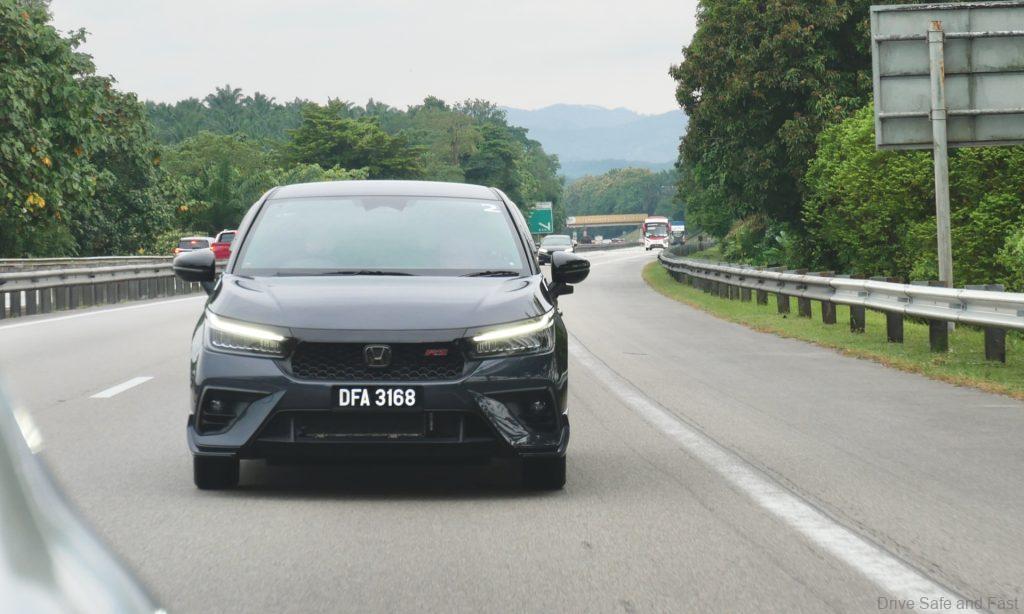
The new range of City Hatchback variants now includes a petrol-powered RS variant that replaces the V Sensing spec, but our focus will be on the flagship e:HEV RS model.
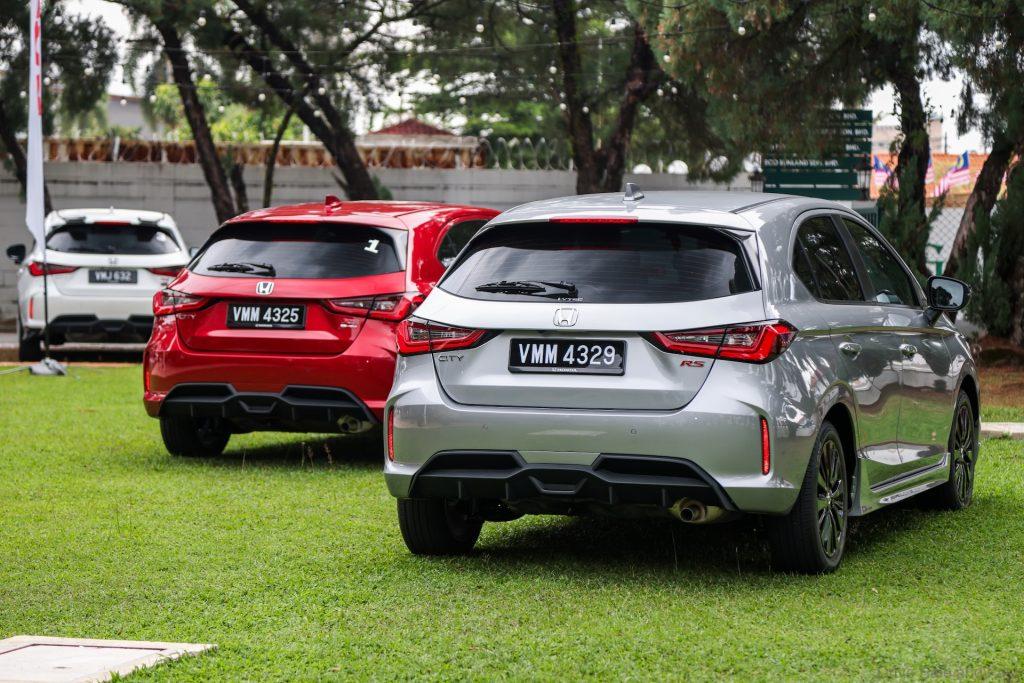
Changes Versus Original City Hatchback Model
Under the hood and in general the package remains the same as before. We go into more detail in our review of the pre-facelift hybrid model which you can find here. As inflation has kicked in and the value of the Ringgit continues to flounder the facelifted models get a bit of a price bump.
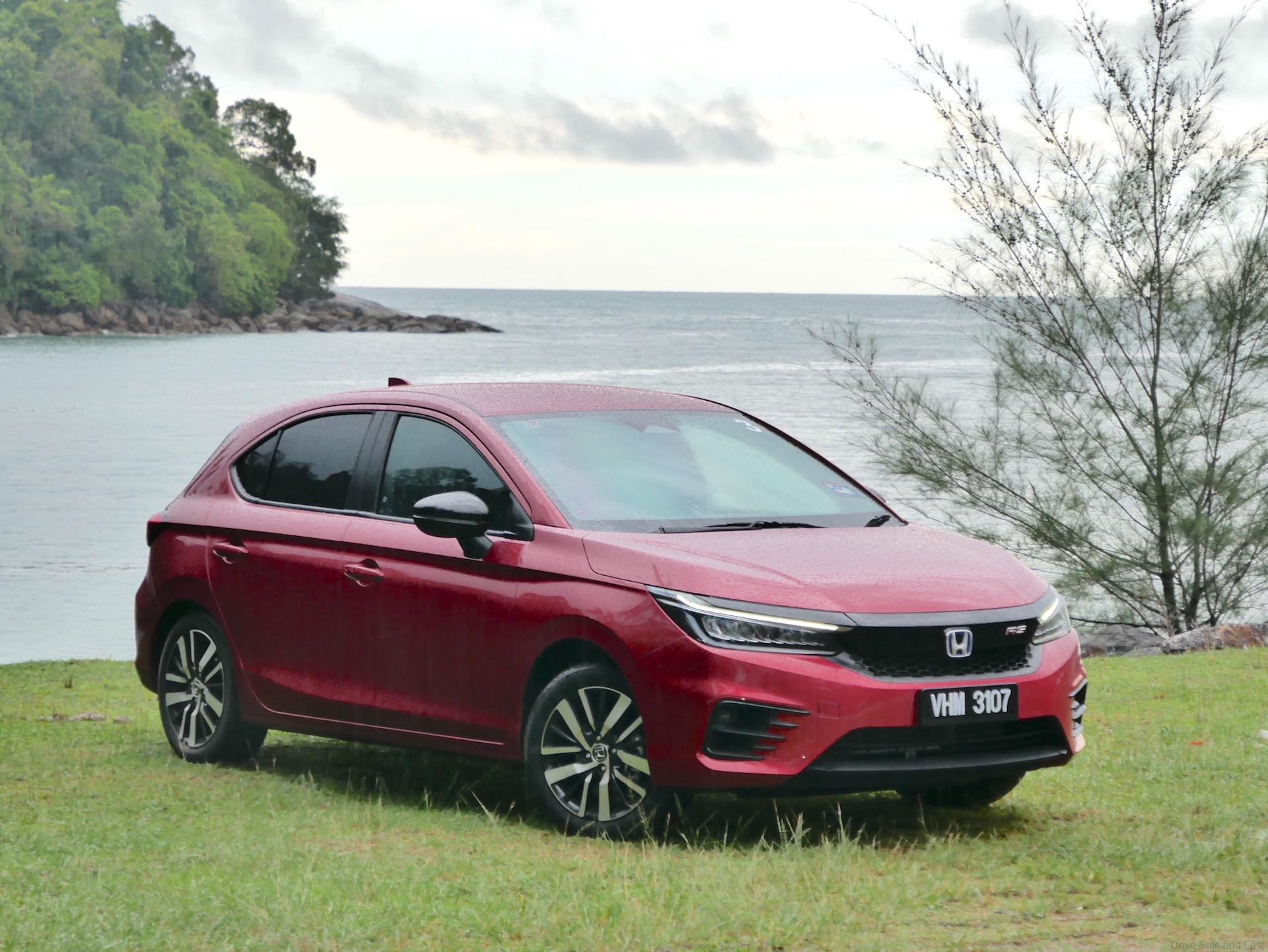
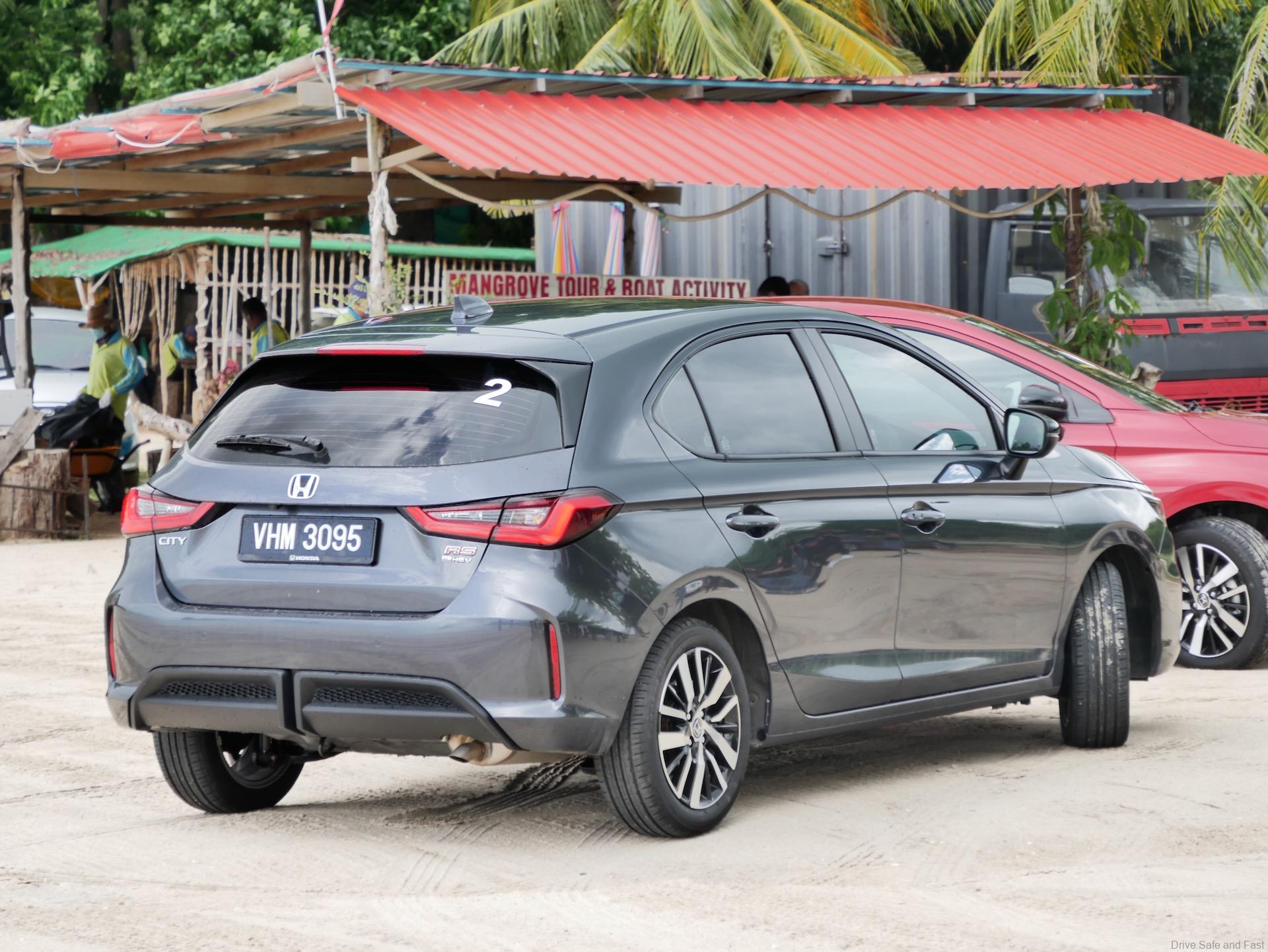
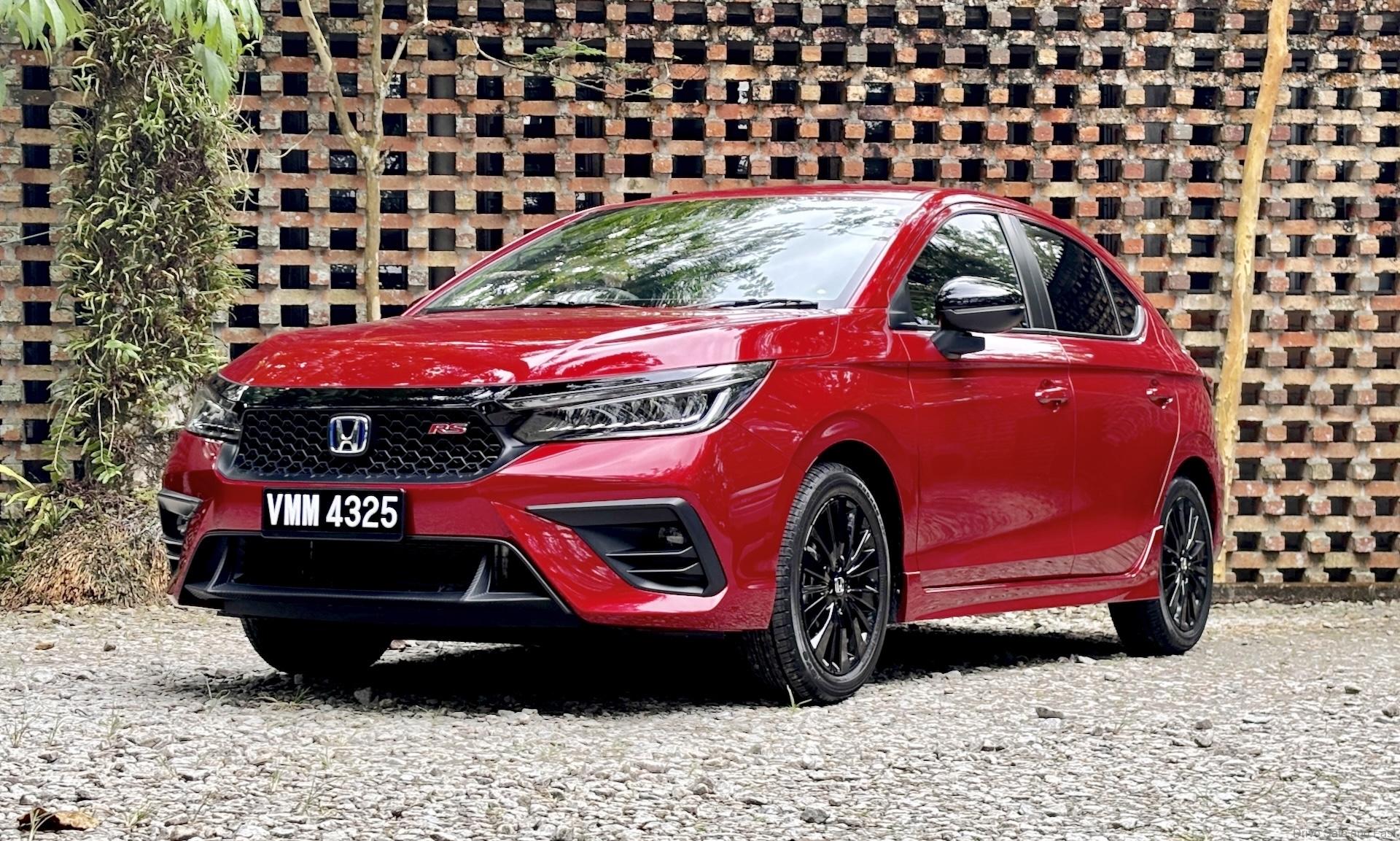
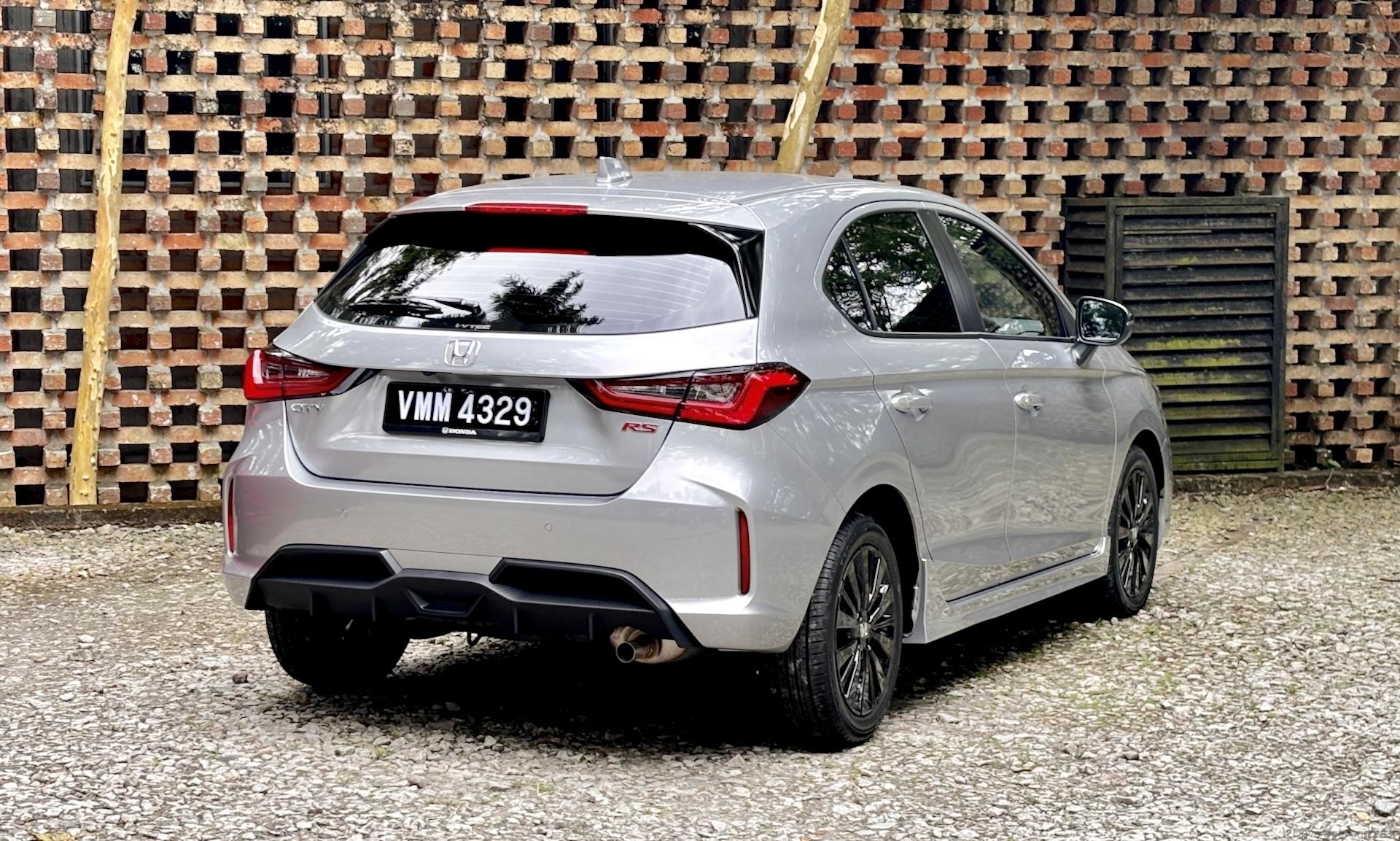
There are noteworthy changes to the exterior including a new grille design with a larger ventilated area and a more intricate vent design. This same vent design carries all the way down to the new front bumper vents for a more uniform design with a sporty looking protrusion serving as a sort of bumper lip. The side faux vents on the bumper are larger as well and they still house the LED fog lamps. The bar at the top of the grille is also a lot slimmer, leading to a more proportionate design while accentuating that distinct concave shape that many new Honda vehicles feature up front.
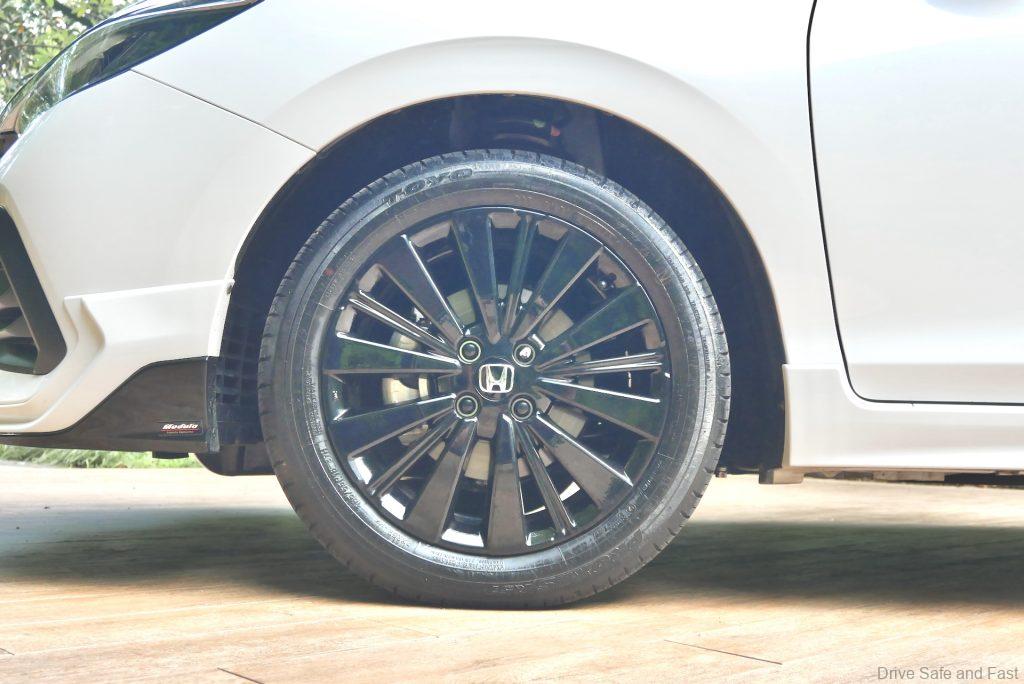
The 16″ rims are painted “Berlina Black” and featuring a new design too. Around back, the changes are more subtle – just a new lower bumper design, still with the same carbon fibre look but now with a diffuser element. The new bumpers increase the car’s length but the change in dimensions is minimal.
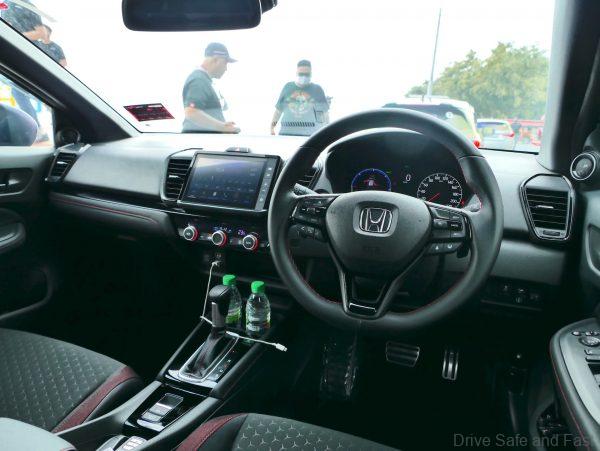
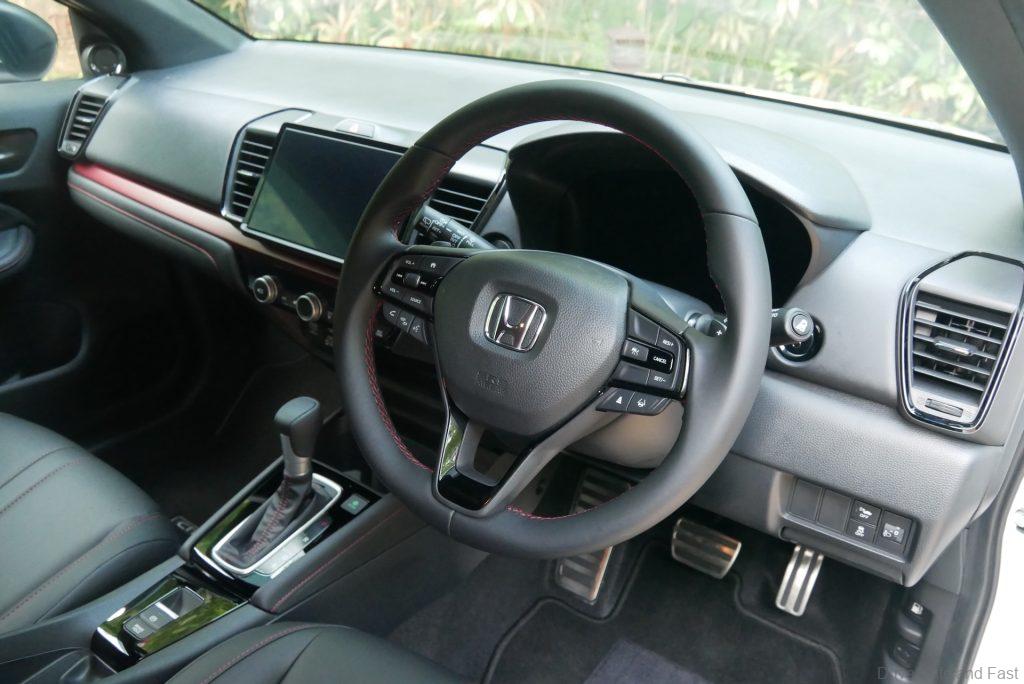
Inside, the e:HEV RS gets wireless Apple CarPlay and Android Auto on its 8″ infotainment unit. The auto climate control system now features a nice lighting cue, which causes the ring light around the temperature adjustment knob to glow either blue or red when the temperature is decreased or increased. Besides that there is a new red trim piece on the dashboard.
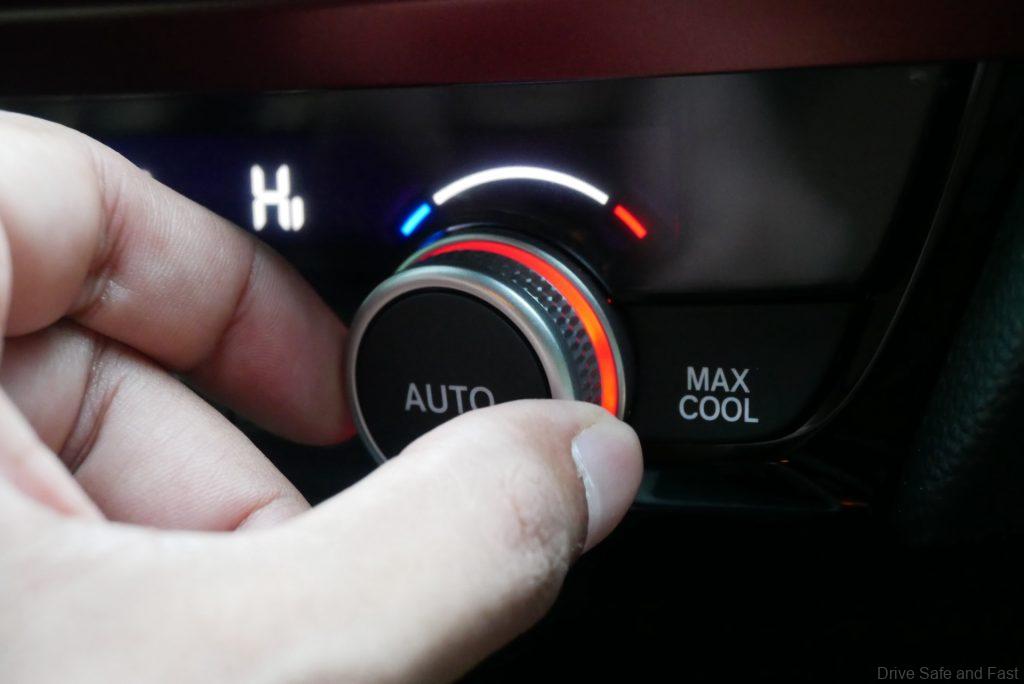
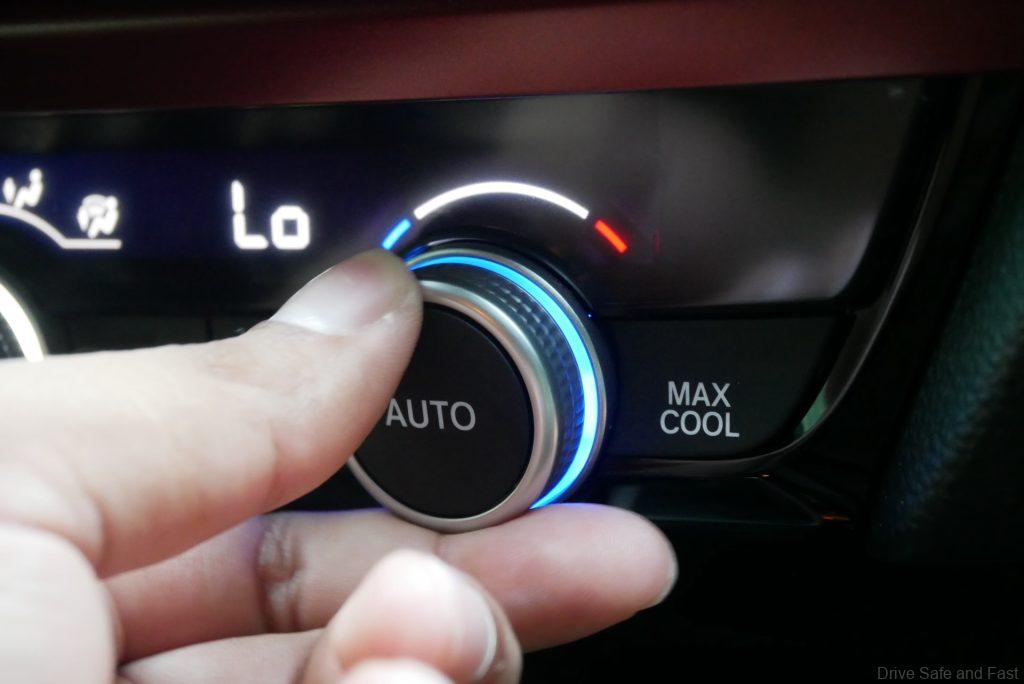
The most important change comes to the seat upholstery, which is now predominantly leather with a small section of fabric that doesn’t contact the skin. This will likely stand out to customers as the outgoing faux suede hasn’t really caught on in Malaysia as it’s not as easy to clean.
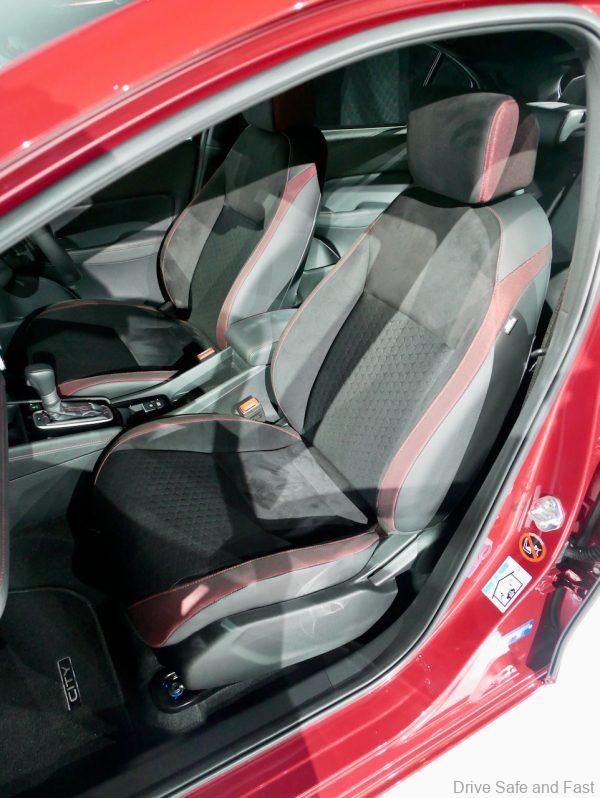
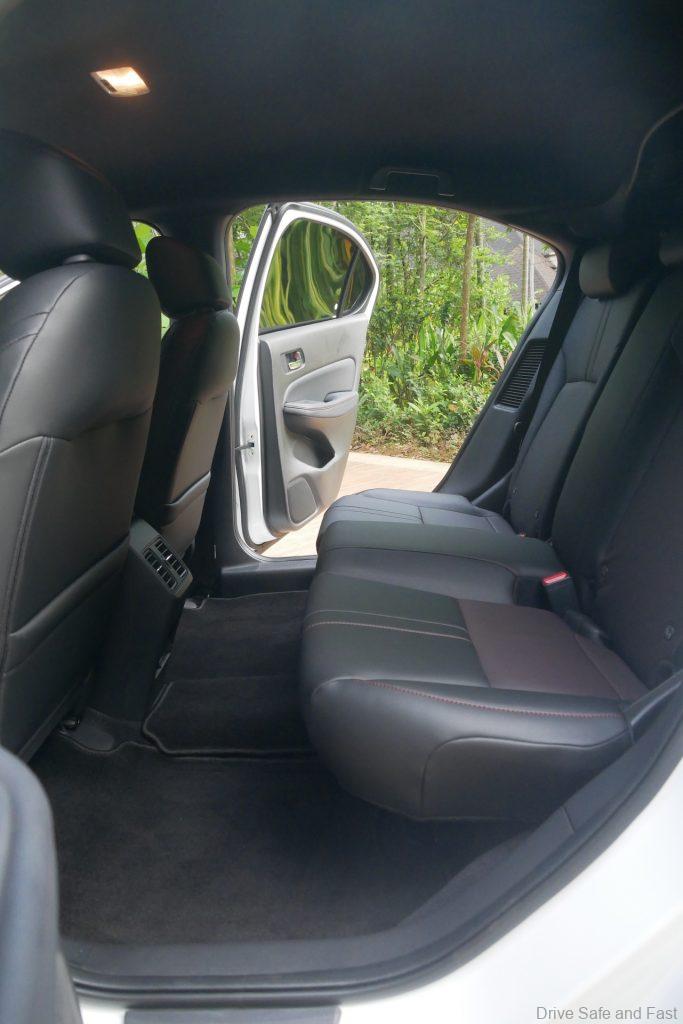
In terms of equipment we have a few additions under the Honda Sensing umbrella including Lead Car Departure Notification System (LCDN) and Low Speed Follow (LSF) for the existing Adaptive Cruise Control.
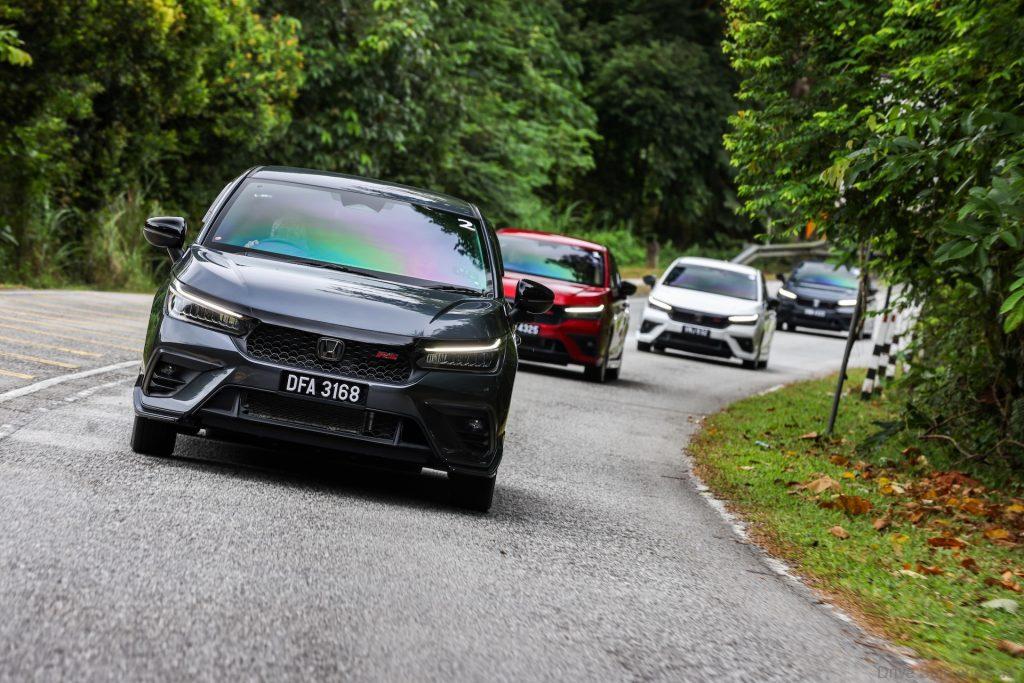
We also find two new USB Type-C ports for rear passengers while front passengers still have a 12V socket and two USB Type-A ports.
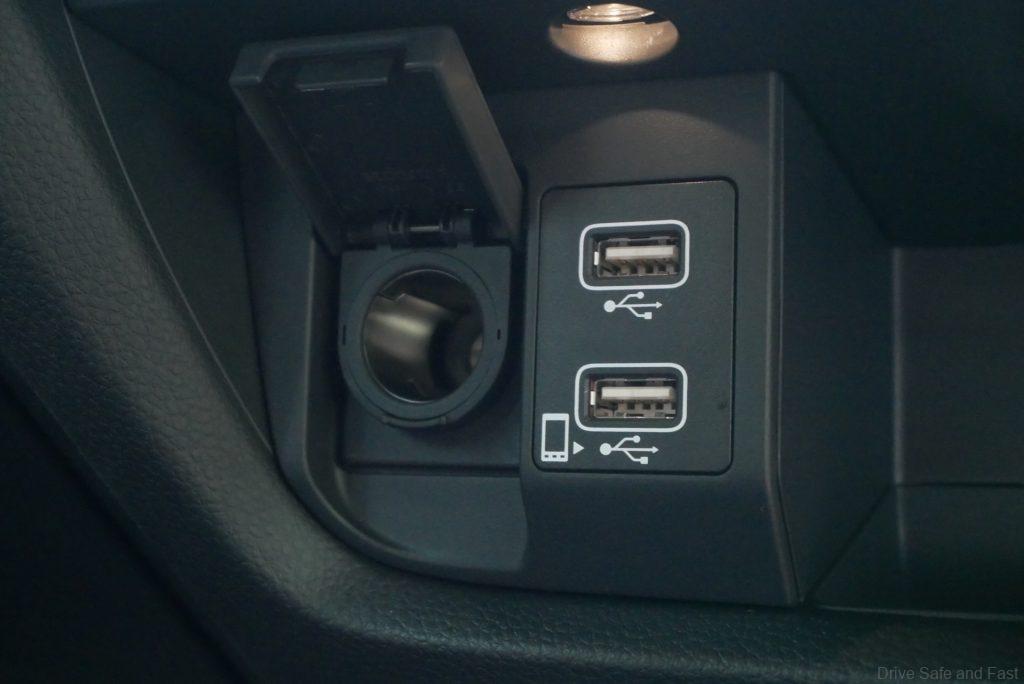
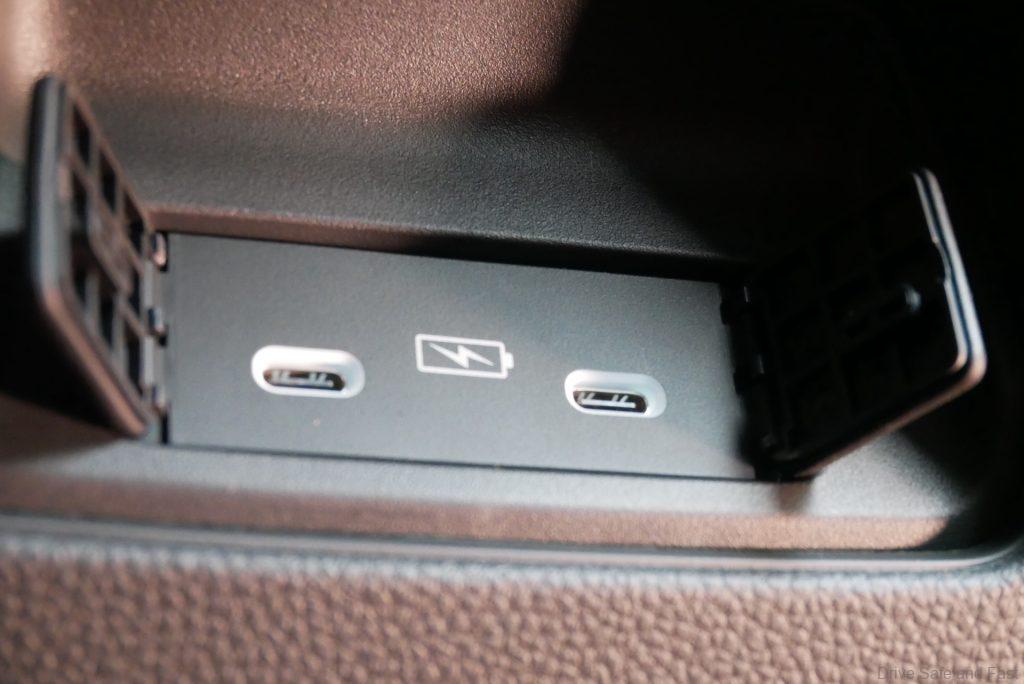
There are a couple of downsides to the facelift though. This time around there’s no Crystal Black Pearl paint option and on top of that, pricing has gone up. Interestingly, the price increase between variants is larger at the bottom than it is at the top – the base ‘S’ grade is up by about 13% in pricing while the e:HEV RS model only goes up by 4%, which is pretty reasonable given the inflation situation.
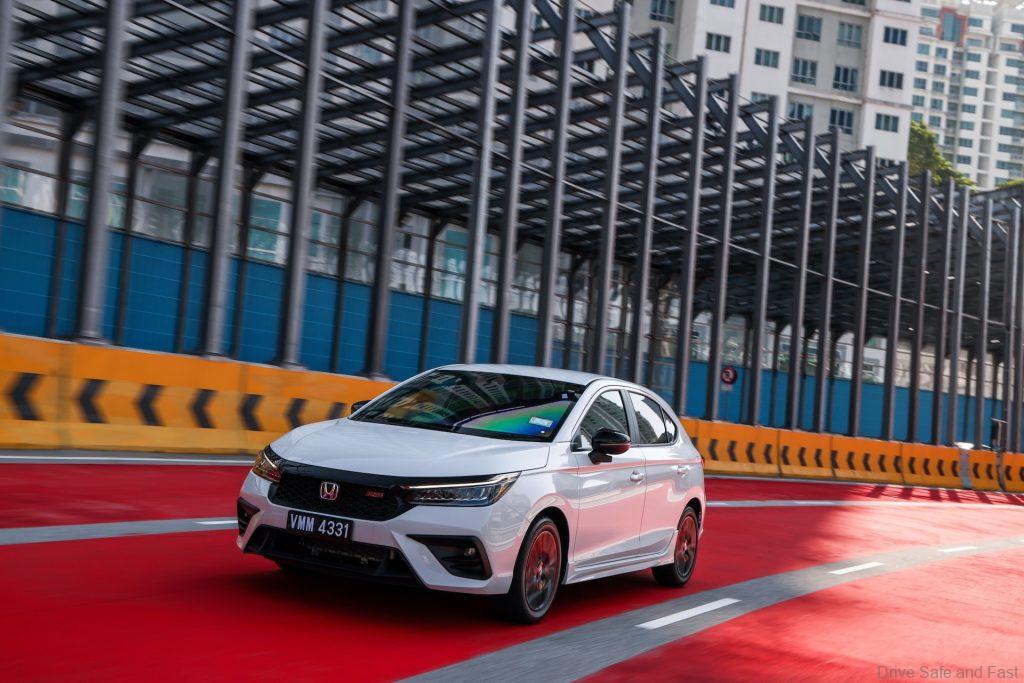
Honda Takes The Segment Very Seriously
It may not be that obvious to the public how important the City Hatchback is in our market but its importance is not lost on Honda Malaysia. Judging from their last press release about Honda HR-V sales figures in 2024, this company counts sales of the City Hatchback as a distinct model to the City sedan rather than lumping them together as the same car with a different body style. Given that there is no “Honda City Hatchback” entry on data.gov.my, it’s possible that even JPJ doesn’t make this distinction between the 5-door and 4-door models.
The Only NEW New Hatch In The Segment
In Malaysia, we haven’t really seen a new 5-door hatchback besides the City Hatchback in the 2020s. The Toyota Yaris in its current guise is carried forward from the 2017 XP150 facelift whose roots go back to 2013. That being said, Toyota have done well to keep the Yaris updated in terms of equipment (even featuring a 360-degree parking camera that is absent on the more expensive City Hatchback).
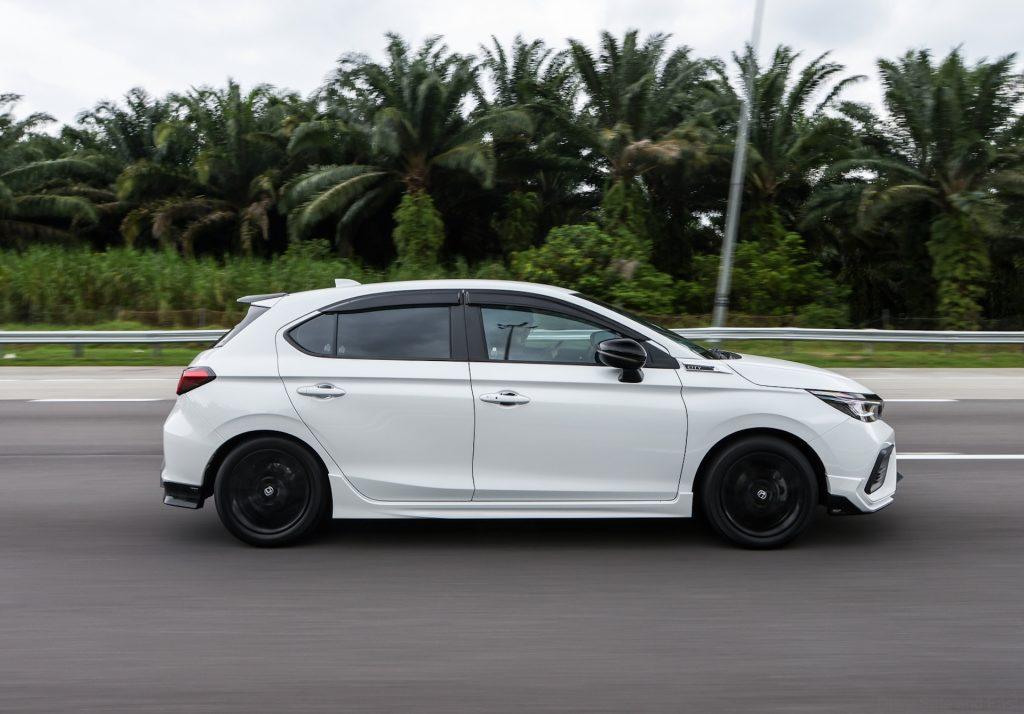
The Mazda2 has been around for about a decade with very minor revisions. Even the Perodua Myvi has some aspects that feel like they’re from the generation car. In our opinion, the Honda City Hatchback is the only 5-door in Malaysia that comes across as a vehicle made for this decade.
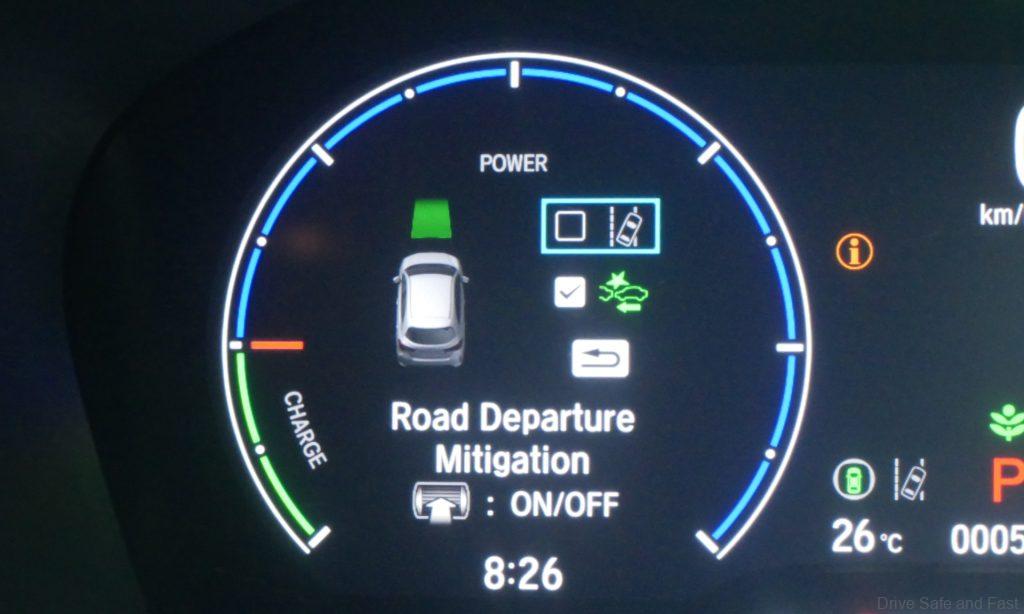
This is in terms of presentation, NVH characteristics, powertrain options, interior layout and upholstery and its overall feel and design. Its rivals remain competitive in terms of equipment, but sitting inside each of them reveals qualities that only a fresh design can deliver.
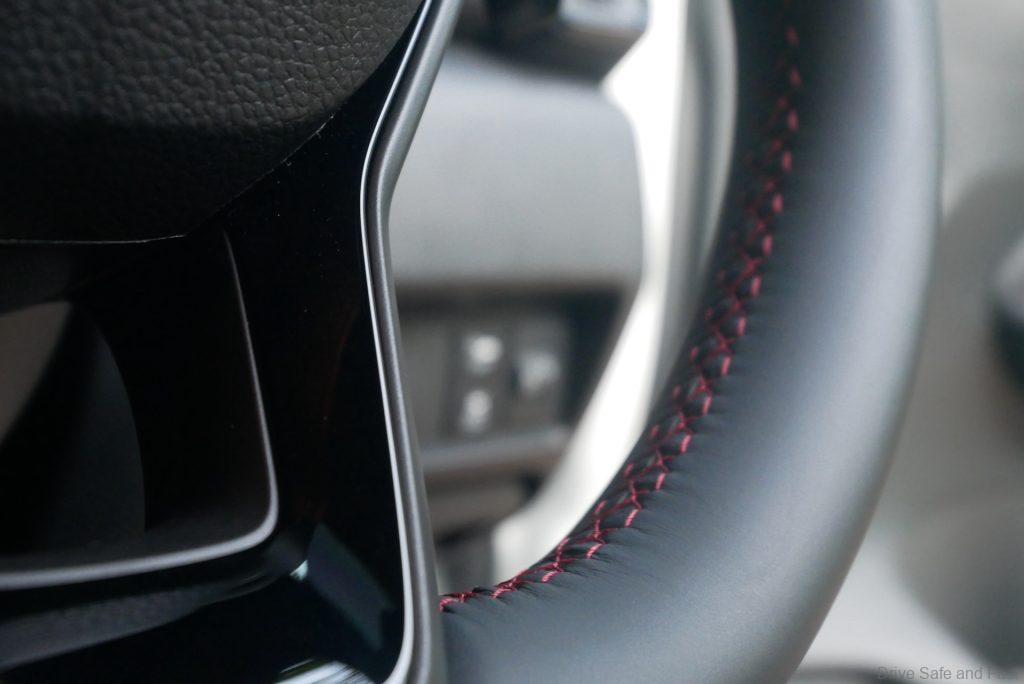
Unmatched Flexibility – The Whole Point Of A Hatchback
There’s also the subject of packaging. It’s no secret that the City Hatchback carries the Jazz’s legacy for an extremely flexible cabin. It’s actually not just one of those unique selling points that only looks good on a brochure, the rear ULTRA seats are actually so much more flexible than anything else on the market. Where other hatchbacks will just allow the seat backs to fold down, the City Hatchback’s seat mechanism collapses the bottom section all the way to the floor too, allowing the seat back to fold completely flat with no gap along the border of the boot.
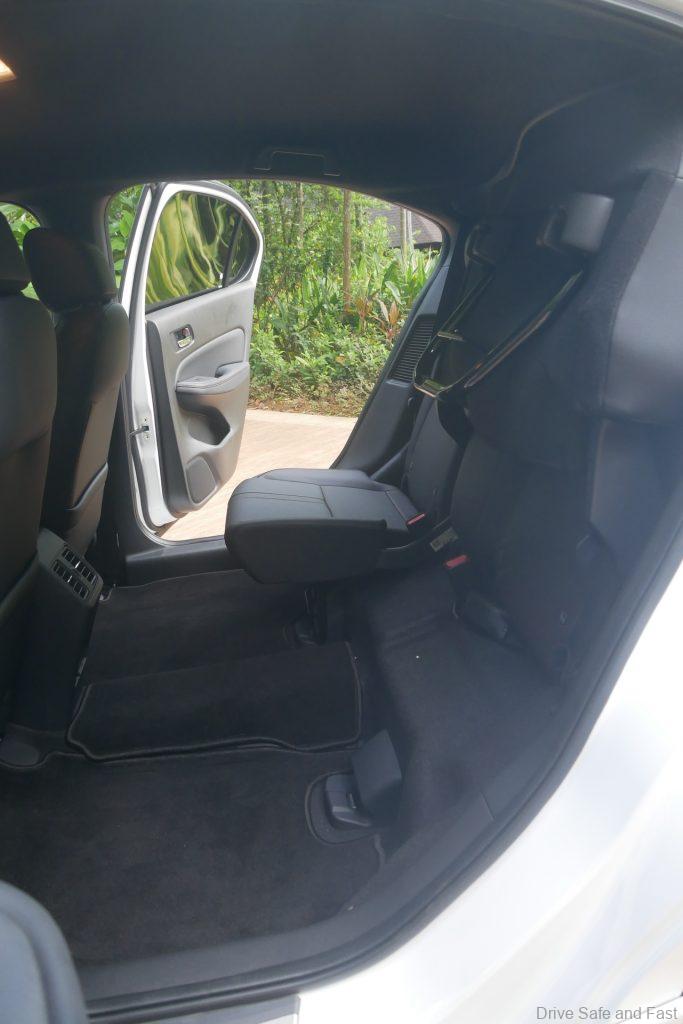
What’s more, you can pull the seat bottom upward and create a tall space, perfect for moving items like flat screen televisions, potted plants and water filters that shouldn’t be laid flat in a vehicle. I can’t really think of any car that allows for this kind of flexibility. Yes, the sedan offers more fixed luggage space, but if you don’t regularly move around 3 people, the City Hatchback is supreme just based on this cargo flexibility alone. Plus, since Honda Malaysia don’t offer a 360-degree camera on either hatch or sedan, maneuverability of this smaller in tight spots might also be another reason to consider.
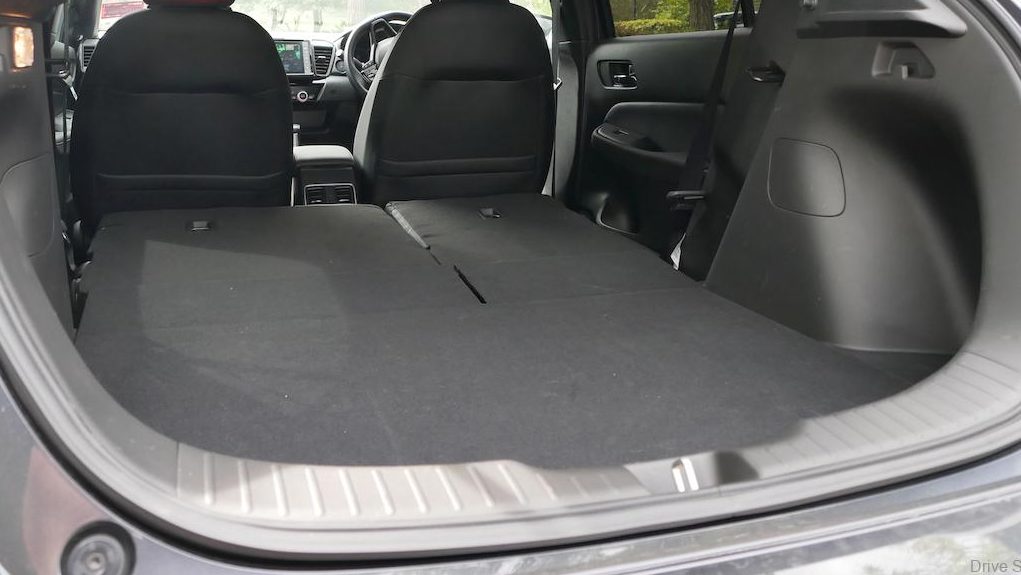
Icing On Top: Hybrid Powertrain
The Japanese brands are not really making as firm a commitment to Battery Electric Vehicles as their contemporaries but they’ve been leading the charge when it comes to hybrids since the late 1990s before the global warming discussion first came into the mainstream. Today, hybrid vehicles are becoming an acceptable middle ground for those who can’t practically make the switch, and there are many in this category. A majority of condominium dwellers just cannot (and should not be forced) take 1-2 hours a week to charge their vehicles outside of a home/work parking lot. Some households don’t have the space or funds to run more than 1 vehicle, and that makes an EV a trap during interstate travel.
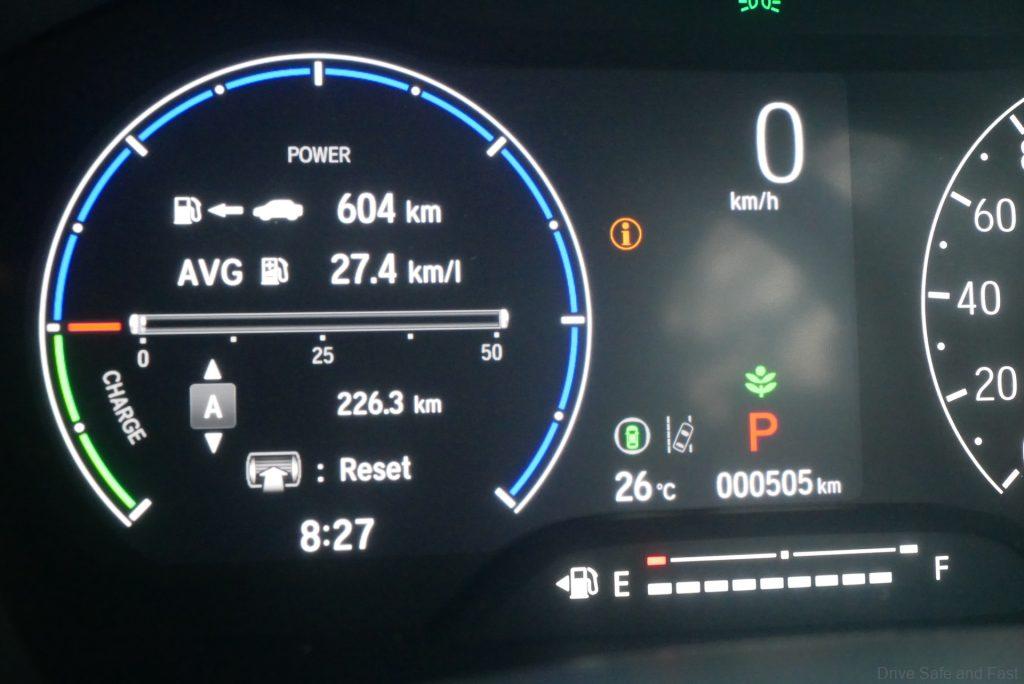
So the e:HEV hybrid system on the whole is a pretty good way for many car buyers to make the switch towards more electrified mobility. The trip to Ipoh included a pretty relaxed fuel efficiency challenge – the only thing that was regulated was the sealed off fuel cap. That being said, we kept the A/C on at 24 degrees and didn’t lag too far behind the rest.
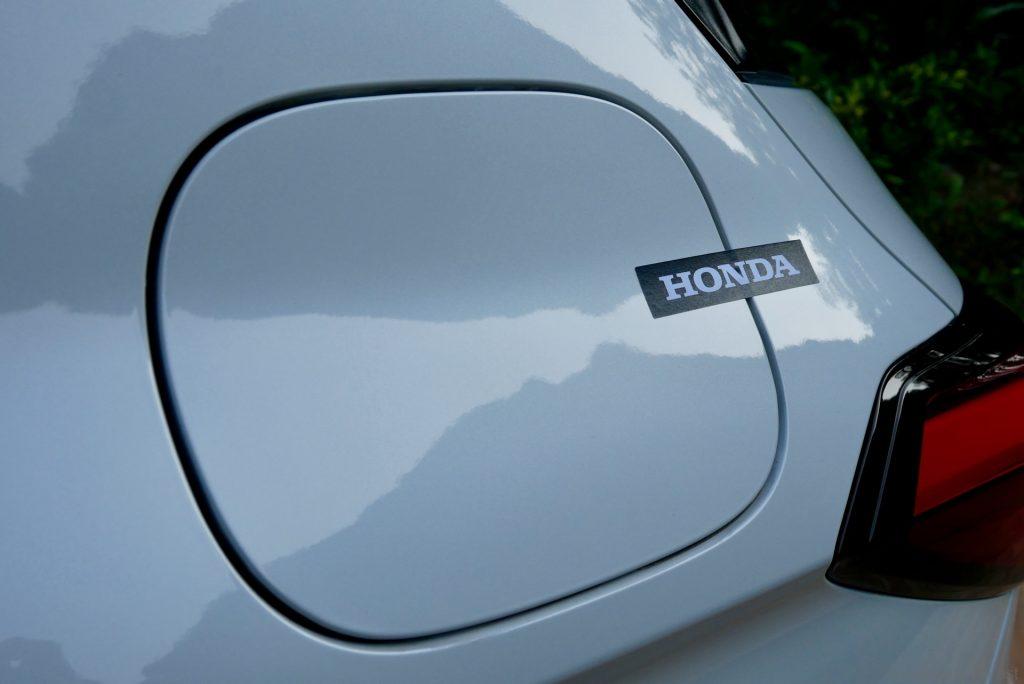
Three cars on the trip managed to get more than 26km/l, with our car getting 26.72km/l. This is about exactly what Honda claims the vehicle can do (3.7L/100km). For the average car buyer who travels 20,000km a year, this could add up to about 400L less petrol burnt – not an insubstantial amount.
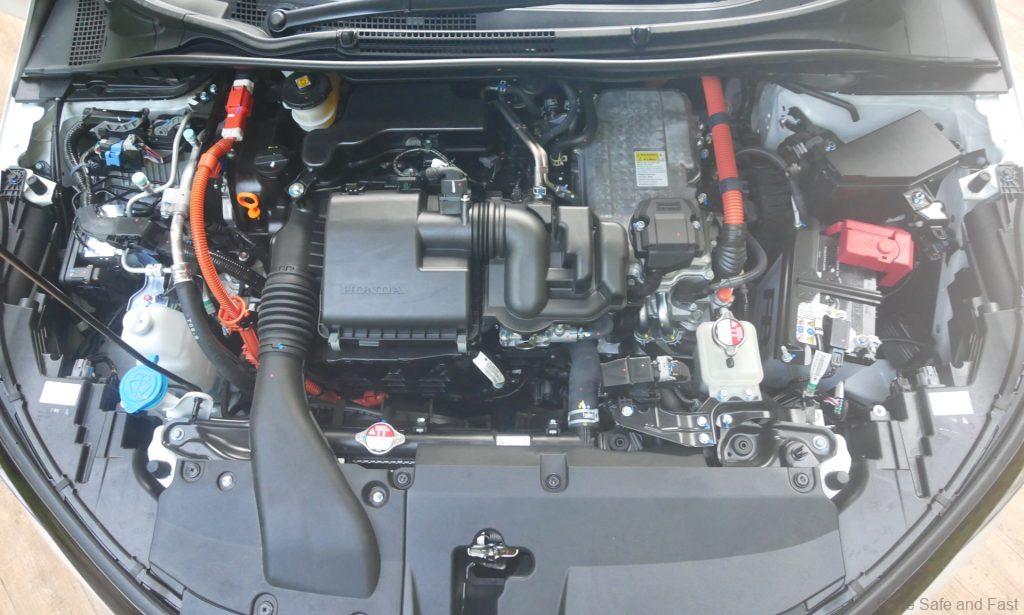
It’s also great that the e:HEV is also the zippiest car in its class as its 253Nm electric motor does a majority of the work during day-to-day driving and acceleration. In that sense, the fuel savings are not the only advantage of opting for the hybrid – you’re also getting the car that gets off the line quicker too.
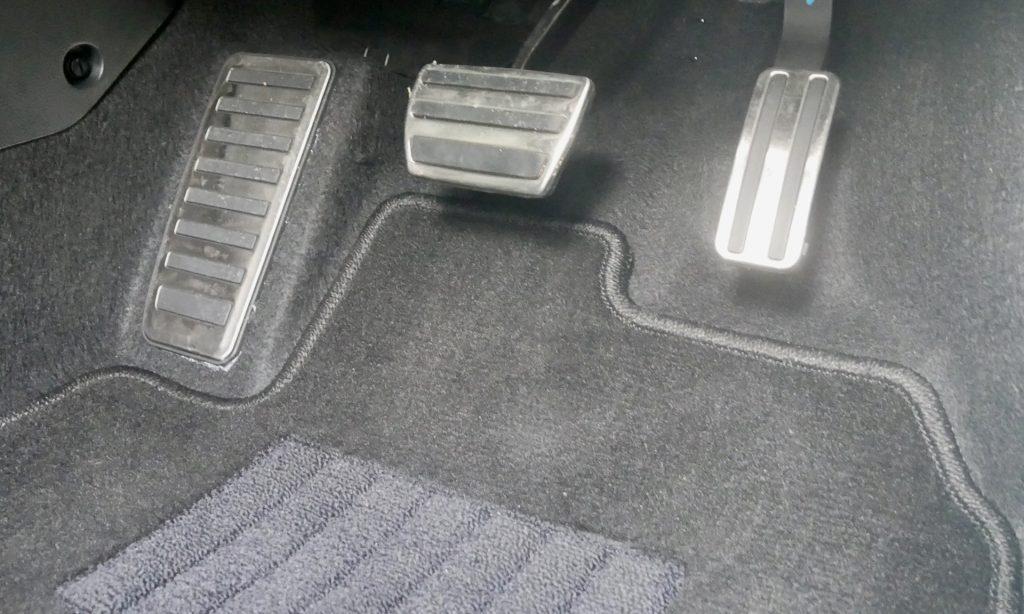
RS Advantages
There’s also a few other goodies sprinkled on top including the RS bodykit. Yes, you can get this with the petrol engine as well, but on the e:HEV the electric parking brake, auto brake hold and Low Speed Folloow features definitely sweeten the deal.
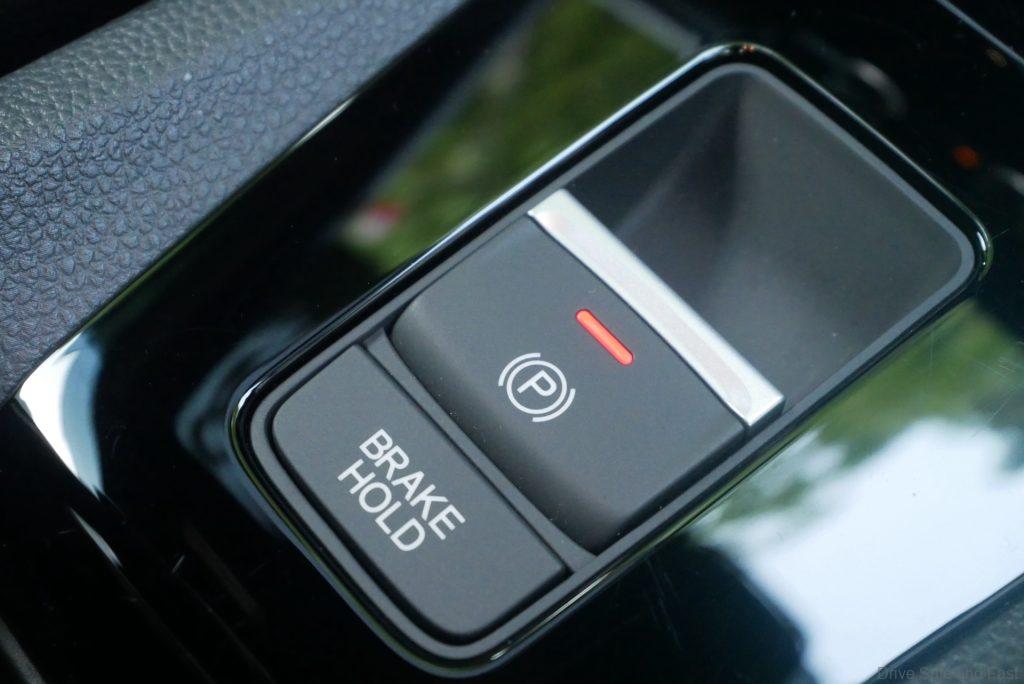
It’s also worth noting that only this variant gets rear air cond blowers.
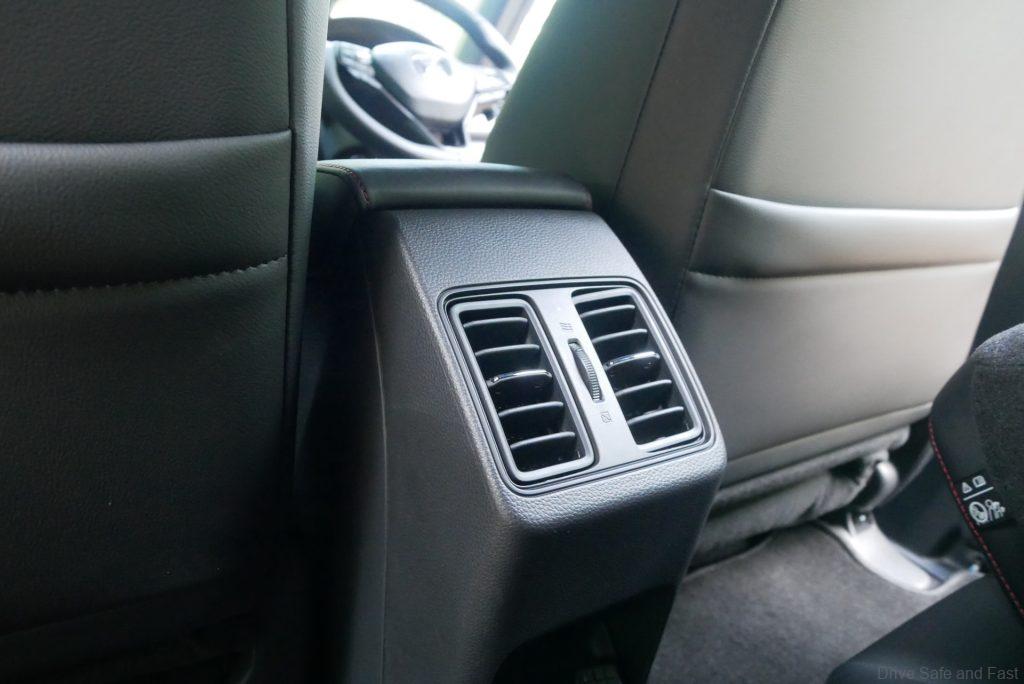
Driving Impressions In General
To be honest, a lot of the time spend in the car had us focused on maintaining good fuel efficiency for the challenge. That being said, there are some aspect that are worth mentioning. As is characteristic of this segment, the ride is better up front than it is in the back (though I did sleep through some segments resting in the back).

The high perceived quality of the cabin makes it feel like a car that’s a segment above its rivals in subjective feel. This is down to good materials used on the steering and tactile switch gear. The ability to control regen braking severity through paddle shifters is absolutely a plus.
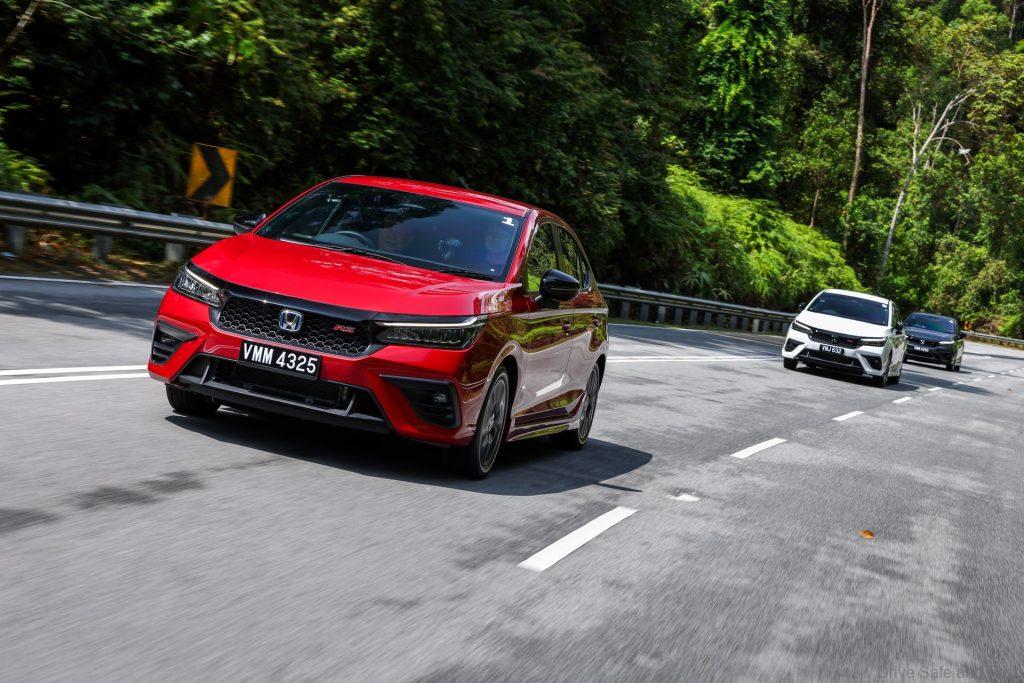
Head to the Honda Malaysia website for more details on the City Hatchback.

